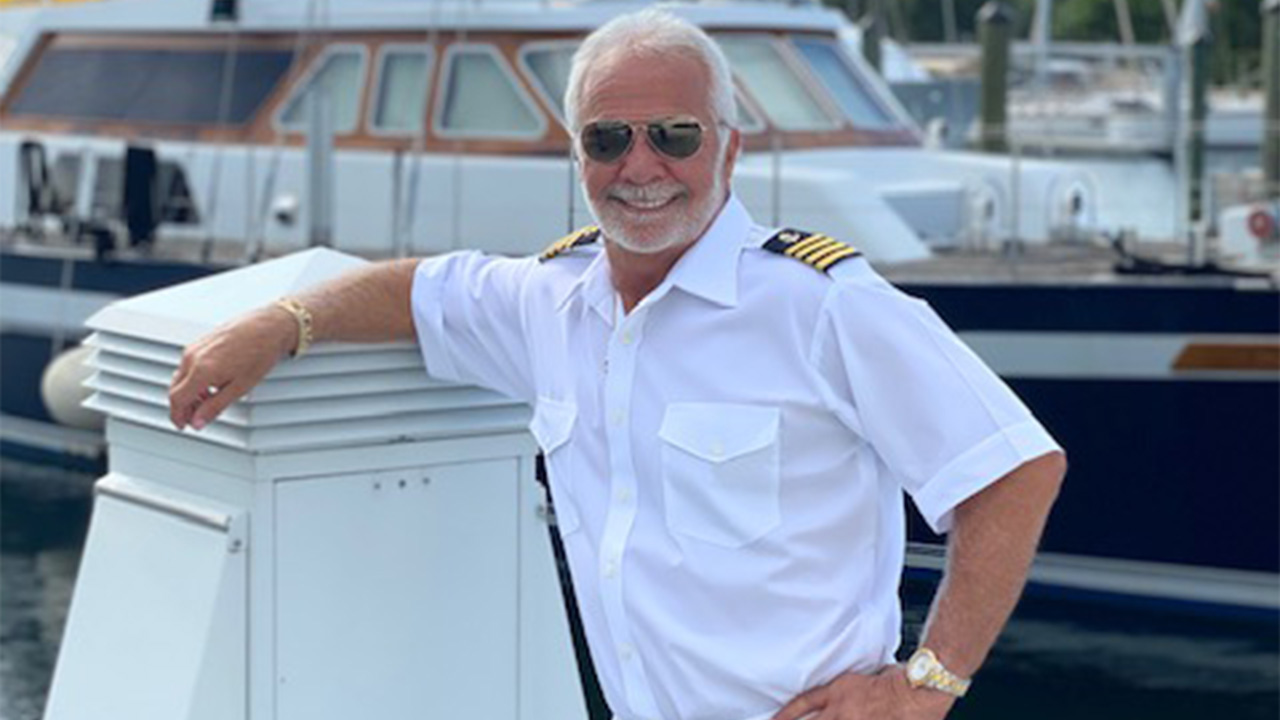By Kevin Gale
Business leaders in Broward County are pitching in to try to address a decades-old issue—homelessness.
There are an estimated 2,300 homeless people in the county. It’s a high-profile matter, considering the homeless tent city located outside the Broward County Main Library in downtown Fort Lauderdale. Tent cities have been an on-and-off local feature going back to the 1990s, showing how intractable the situation has been.
Why do camps exist? In 1992, a federal judge in Miami told cities they needed to provide safe zones for the homeless. A camp sprung up in Fort Lauderdale’s Holiday Park and later moved to a lot near the main terminal for Broward County buses.
Miami has had several camps for the homeless, including under the Julia Tuttle Causeway, where registered sex offenders lived. While drivers going to Miami Beach might have had no idea that the homeless were living under Interstate 195, Fort Lauderdale’s homeless camp is in the middle of downtown.
In 2014, Fort Lauderdale tried to address the issue of the homeless camp at Stranahan Park, on the southeast corner of Broward Boulevard and Andrews Avenue, by passing restrictions on where charitable groups could feed people. While some homeless advocates applauded the move to regulate outdoor homeless feeding programs, others criticized the city, calling it “Fort Haterdale.”
In 2017, end loaders swept through the Stranahan Park camp after the city tipped off the state about sanitation issues. After a short motel stay, many of the homeless ended up on a plaza at the Broward County Main Library, next to the park, which was landscaped to thwart the return of the tent city.
A week of frequent rain in May this year resulted in a story on the front page of the Sun Sentinel about those whose tents were inundated.
While homeless people have a high profile near the library, there are many throughout the county. Sometimes, they set up camps under bridges or in the brush or wooded areas near interstate exits, where they can ask motorists for money.
Broward also isn’t the only county in South Florida struggling with homeless people, an issue covered in a 2015 SFBW article. While the opening of the Brightline station in Miami on May 19 this year heralded a new era in downtown Miami, it also brought imagery of the past: homeless people sleeping on sidewalks a few blocks away, on Flagler Street.
Now, the Fort Lauderdale business community has teamed up with United Way and the county to launch a holistic program, called United We End Homelessness.
Two prominent business leaders, AutoNation CEO and Chairman Mike Jackson and Castle Group CEO James Donnelly, will serve as co-chairmen for the initiative, which will seek $23 million to help address local homelessness. The Broward Business Council on Homelessness has also been formed.
“Looking at the homeless situation, it makes my heart ache,” Jackson said at the mid-year meeting of the Greater Fort Lauderdale Alliance. “We have to take extraordinary steps to put an end to this. We don’t have all the answers on what to do, but together we are working on it.”
Said Donnelly: “Homelessness first and foremost is a human tragedy. It’s also an economic and safety problem.”
The general approach will be to find homes for homeless people and then surround them with support programs. It’s modeled on a successful program in Orlando.
An economic issue, too
Two other key leaders in what will be a broad effort with religious leaders, government agencies and charitable groups are Greater Fort Lauderdale Alliance President and CEO Bob Swindell and United Way of Broward County President and CEO Kathleen Cannon.
Swindell says he heard from business leaders whose employees felt uncomfortable walking to lunch and being approached by homeless people. Businesses contemplating expansion or relocation to the area ask pointed questions about the community’s safety net and why business leaders have allowed the condition to fester.
The encampment is next to the Alliance’s headquarters, so the issue is highly visible to visitors, Swindell says.
Donnelly was sensitive to the matter in his role as chairman of the Broward Workshop, an organization of business leaders.
The Workshop’s Urban Core committee looked at the issue and discussed it with Jackson at a time when AutoNation was considering whether to renew the lease at its downtown Fort Lauderdale headquarters, which is about two blocks from the encampment. There had been rumors floating around the city that AutoNation might leave downtown.
Swindell and Donnelly said business leaders can help bring resources and an analytical data-based approach to addressing the issue.
They found an adviser when they learned about the efforts of Andrae Bailey in Orlando, who was previously CEO of the Central Florida Commission on Homelessness. He was named the 2015 Central Floridian of the Year by the Orlando Sentinel.
Orlando had been ranked the No. 1 mid-sized U.S. city when it came to the chronically homeless. Three years after Bailey started, a headcount found the number of homeless people had dropped 60 percent.
One study indicated housing the homeless was a way to save money on public services.
Homeless people on the street were costing $31,000 per person in public services whether because of hospitalization or incarceration, the Orlando Sentinel quoted Bailey as saying. The cost, once they found homes, dropped to $10,000.
Cannon said research indicates that 82 percent of homeless people who are placed in homes and given support are able to avoid becoming homeless in the future. That’s why there is an emphasis on finding homes first and then adding the wraparound support services. Cannon is thankful that County Administrator Bertha Henry is bringing together a wide collaborative of stakeholders as well.
The assistance homeless people need varies greatly because individual circumstances are so different, Cannon says. Some homeless people are actually employed, but don’t have enough money to pay the first and last month’s rent and the security deposit to get a home; they might need only some assistance and a subsidy. Others are too ill to work and will need more help.

Carla, 66
Carla, who used to be a hospice nurse, had both her legs amputated below the knee four years ago. After spending years in a rehabilitation center, she was able to get around on her own. However, she was unable to work and her disability check is not enough to sustain housing.

Homeless for Five Years
Jennifer, 44
Several years ago, Jennifer suffered a traumatic brain injury. This left her with all her memories before the accident, but she is now unable to retain new ones. The former office manager for a large company was unable to perform simple tasks. Since becoming homeless, she says, she has been sexually assaulted at gunpoint.
The new unitedweendhomelessness.org website includes profiles of five homeless people. (Three edited profiles are included with this article.) The profiles show how medical issues are a frequent underlying cause of why people end up living on the streets.
Solutions might include housing vouchers or subsidizing rents while the recipients go through the sometimes-lengthy process to get Social Security disability payments.
It might be necessary to raise money to put in a risk pool for landlords, Cannon says. “So, if they are willing to take in the homeless and something happens to the apartment, a manager will come and make them whole.” ♦















